Think all big cats are solitary, shadowy prowlers? Think again! Some of the world’s most powerful felines prefer company, drama, and even teamwork in their wild lives. Get ready to meet nine social big cats—and discover the surprising ways they shatter the “loner” legend. Which one would you love to hang out with?
Lions: The Ultimate Party Animals of the Savannah

Lions are famous for their family pride—literally! These big cats live in groups called prides, where females hunt together and everyone pitches in to raise the cubs. It’s like a kitty commune, complete with lazy group naps and epic team hunts.
Cheetahs: Brothers Who Stick Together
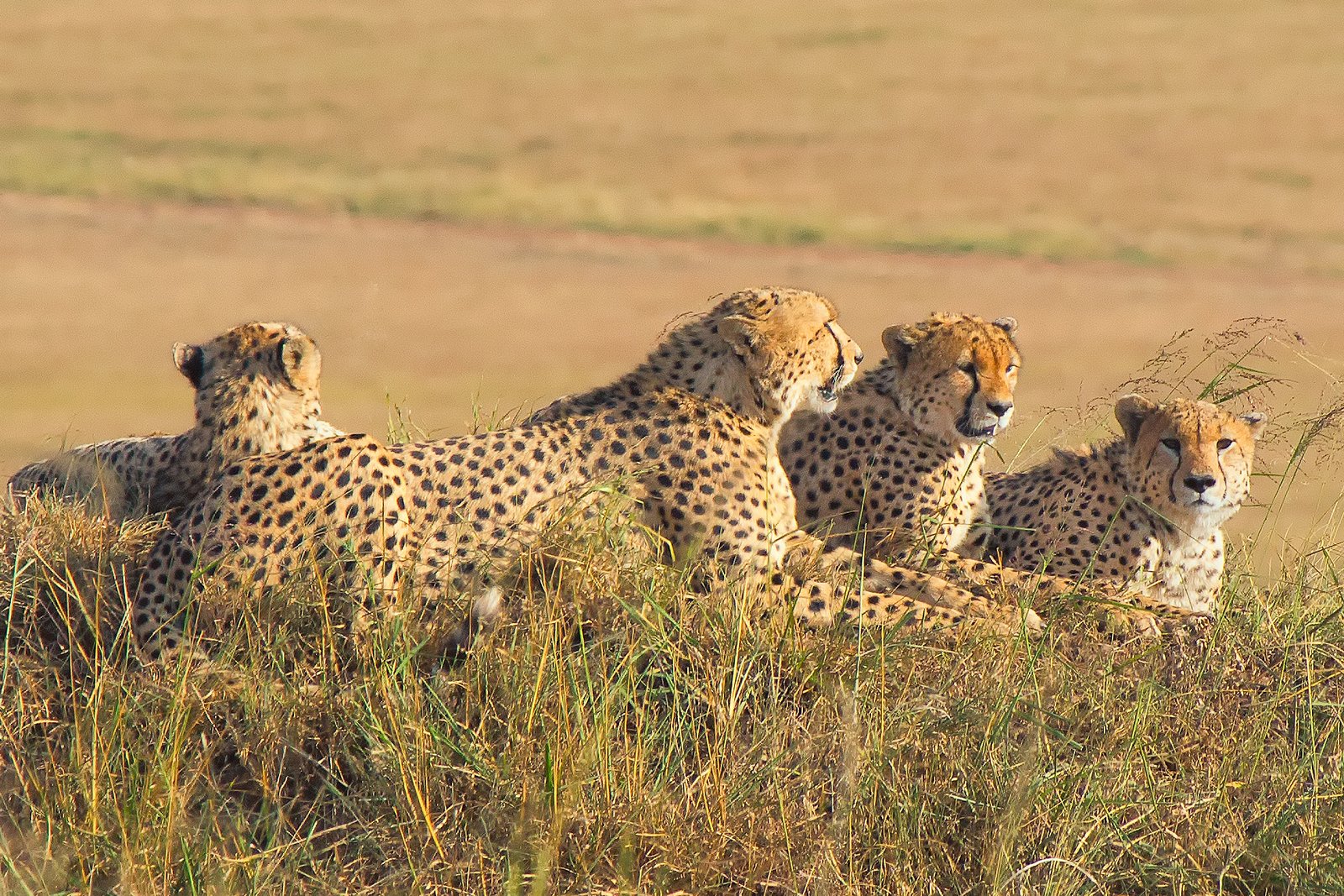
While most cheetahs like their space, brothers form lifelong coalitions. These speedy siblings hunt, defend territory, and even snuggle together. Think of them as the ultimate road trip buddies—fast, loyal, and always up for an adventure.
Asiatic Lions: Smaller Prides, Big Bonds

Asiatic lions form tighter, smaller prides than their African cousins, but they still keep family close. Males often hang out in bachelor groups, teaming up for territory and survival. It’s a reminder that sometimes, less is more when it comes to friendship.
Snow Leopards: Mom and Cub Duos

Snow leopards may be elusive loners, but motherhood brings out their affectionate core. For up to two years, mothers guide their cubs through rugged mountains, teaching them how to stalk, climb, and stay hidden. Amid the survival lessons, there’s warmth—nuzzling, playful pounces, and shared naps tucked into rocky dens. Even in the harshest terrain, love lingers.
African Leopards: Couples That Cozy Up

African leopards usually live in solitude, but during mating season, that changes. For several days, a male and female may stay close—sharing food, exchanging low, throaty calls, and engaging in surprisingly tender behavior. It’s a rare glimpse into their social side, a brief bond before they slip back into their solitary rhythms.
Clouded Leopards: Playful Pairs

Clouded leopards, with their dreamy eyes and secretive nature, reveal a lighter side when among family. Whether it’s playful chases through the canopy or lazy cuddles on high branches, siblings and mates often engage in joyful, acrobatic bonding. These moments of treetop tumbling show that behind their mystique lies a heart full of curiosity and connection.
Tigers: Sibling Sleepovers

Tiger cubs grow up side by side, learning the ways of the wild through shared adventures and sibling scuffles. They eat, sleep, and explore together, forming tight-knit bonds that can last beyond childhood. In some cases, these sibling duos team up a little longer—offering each other support and safety before eventually carving out their own territories.
Jaguars: Flirty Neighbors

Jaguars are famously solitary, but in lush, resource-rich areas, their paths sometimes cross without conflict. When romance is in the air, a male and female may share space for several days, engaging in affectionate behaviors like nuzzling, soft growls, and even playful splashing in rivers. It’s a fleeting connection—but one filled with surprising tenderness.
Pumas: Unexpected Family Reunions

Pumas, those famously solitary cats, occasionally break their own rules. Camera traps have captured unexpected moments—two adults sharing a meal or briefly interacting at a kill site. These encounters often resemble quiet family reunions: cautious, a bit tense, but tinged with familiarity and even warmth. For a species built on solitude, these glimpses of social grace are quietly remarkable.
Why Lions Rule the Social Scene

Lions are the only truly social big cats, and their pride life is a masterclass in cooperation. Within these tight-knit groups, lionesses hunt together, raise cubs communally, and defend territory as a unit. Males may come and go, but the pride’s core—its sisterhood—remains strong. This shared life gives lions a unique edge in the wild that no other big cat can match.
When Cheetah Brothers Become Legends

Cheetah coalitions, especially among brothers, are one of nature’s rare examples of enduring big cat companionship. These tight groups patrol and protect their shared territory side by side, relying on teamwork to fend off rivals and secure mates. Their bond is deep and lasting, often outliving the shifting alliances seen in other species—true brotherhood in the wild.
Asiatic Lion Prides: Survival in Numbers

Asiatic lions live in smaller, more flexible prides than their African cousins—a smart adaptation to the dense forests of India’s Gir region. These compact groups move more easily through tangled terrain and share food more efficiently. In a world where every meal counts, their cooperative lifestyle proves that even rare, endangered cats thrive best with a little teamwork.
Snow Leopard Cubs: Lessons in Love
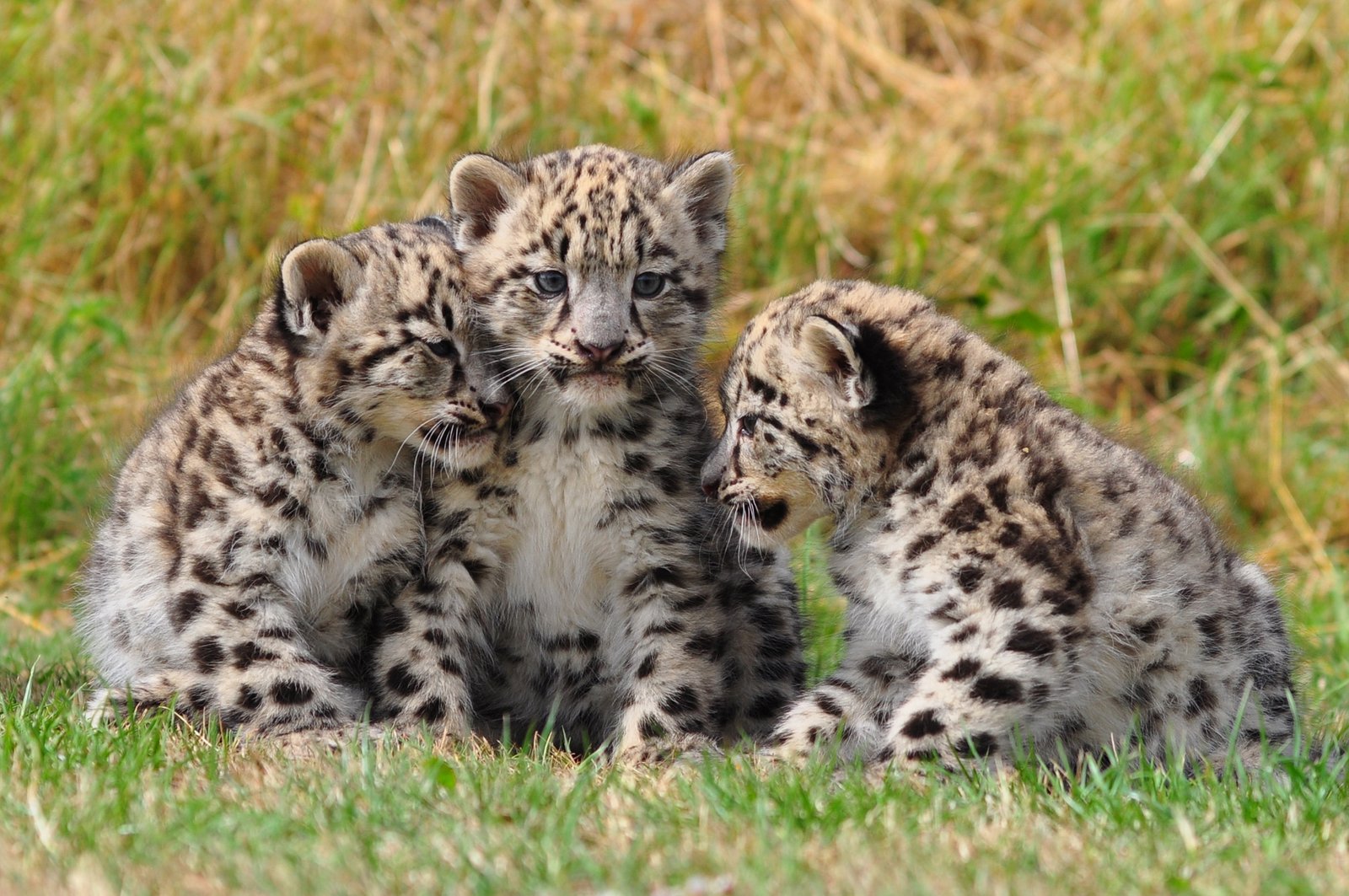
Snow leopard mothers are remarkable mentors, leading their cubs across steep cliffs and snow-swept passes with quiet determination. Every leap, stalk, and step is a lesson in survival, passed down with patience and care. In this rugged world, their bond isn’t just emotional—it’s essential. Together, they carve out a life among the clouds.
Mating Leopards: Love in the Wild

In the wild, leopards are masters of solitude—but love changes the script. During courtship, they trade isolation for intimacy, sharing meals, territory, and tender moments. For a brief window, growls soften, boundaries blur, and two fierce predators become companions. Then, just as quickly, they part ways—returning to the silence they know so well.
Clouded Leopard Siblings: Treetop Tag Teams

Among wild cats, sibling bonds can be short-lived—but not always. In dense jungles, some young pairs stick together well past cubhood, honing their climbing and hunting skills side by side. Their synchronized tree-top adventures aren’t just about survival—they’re also moments of play, trust, and learning, high above the forest floor.
Tiger Cubs: The Joy of Roughhousing

Tiger cubs grow up in a world of play-fights and pouncing practice, where every tussle sharpens the instincts they’ll need as adults. These daily games teach them stalking, coordination, and confidence—all wrapped in fun. Along the way, they form strong sibling bonds, forging friendships that can shape their early lives in the wild.
Jaguars in Love: River Rendezvous
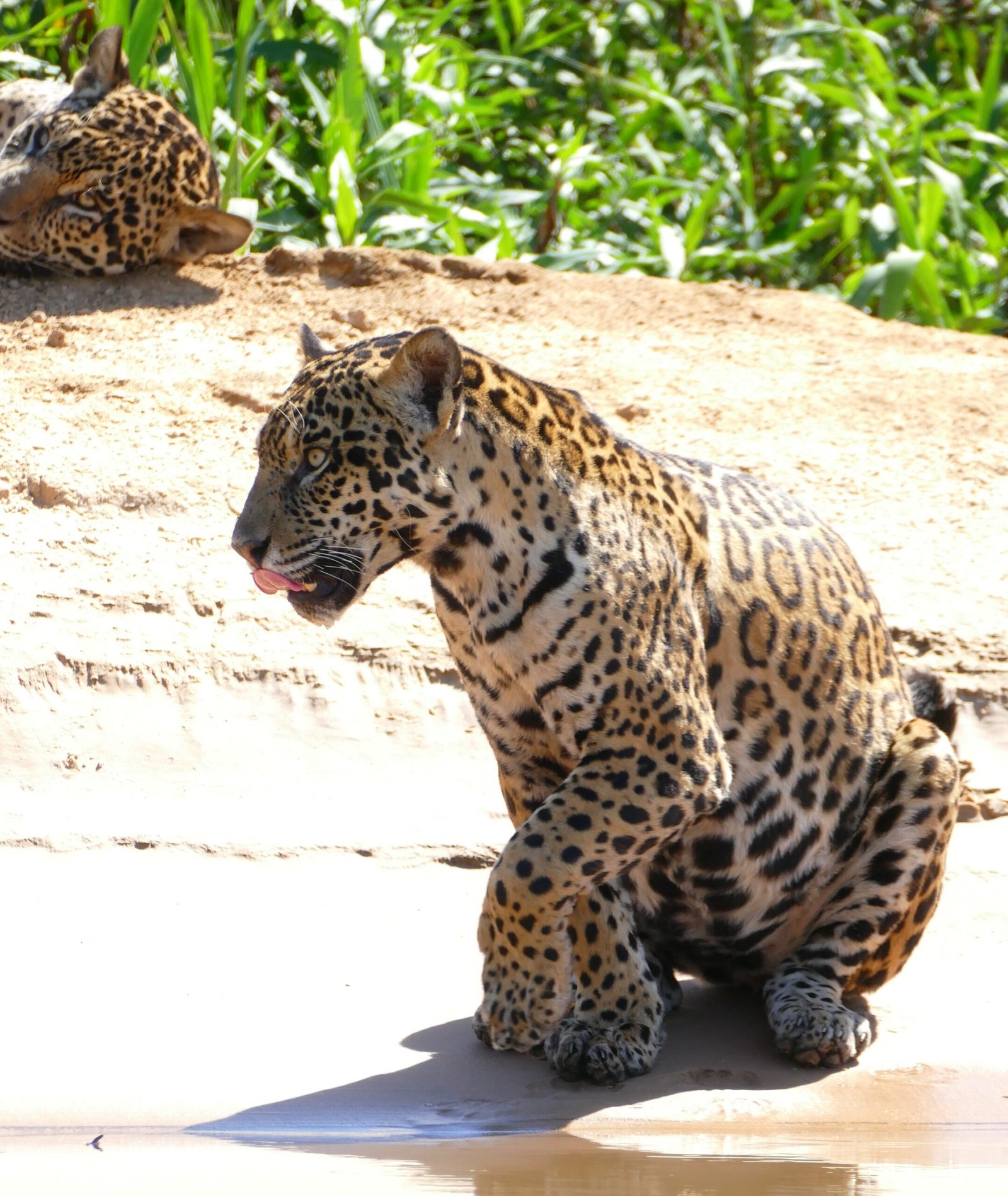
Though jaguars are famously solitary, their riverside rendezvous tell a different story. When a male and female connect, they flirt with soft growls, playful splashing, and affectionate nips. These brief encounters show a gentler, more social side of the jaguar—one filled with warmth and connection, hidden behind their usual mystique.
Puma Moms: Parenting with Heart

Puma mothers are solitary warriors, guiding their cubs through the wild with fierce devotion and care. For nearly two years, they teach survival skills while keeping their young safe from predators and rivals. Yet when prey is plentiful, they sometimes break their solitude to share meals with relatives—a quiet reminder that even the most independent cats carry deep-rooted family ties.
Lionesses: Sisters-in-Arms

Lionesses form the heart of the pride, bound not just by blood but by deep, lasting friendship. They raise cubs together, hunt in coordinated teams, and defend their territory with fierce loyalty. This sisterhood is more than social—it’s the key to their survival, a powerful network where every lioness plays a vital role.
Cheetah Coalitions: The Fast Lane to Survival
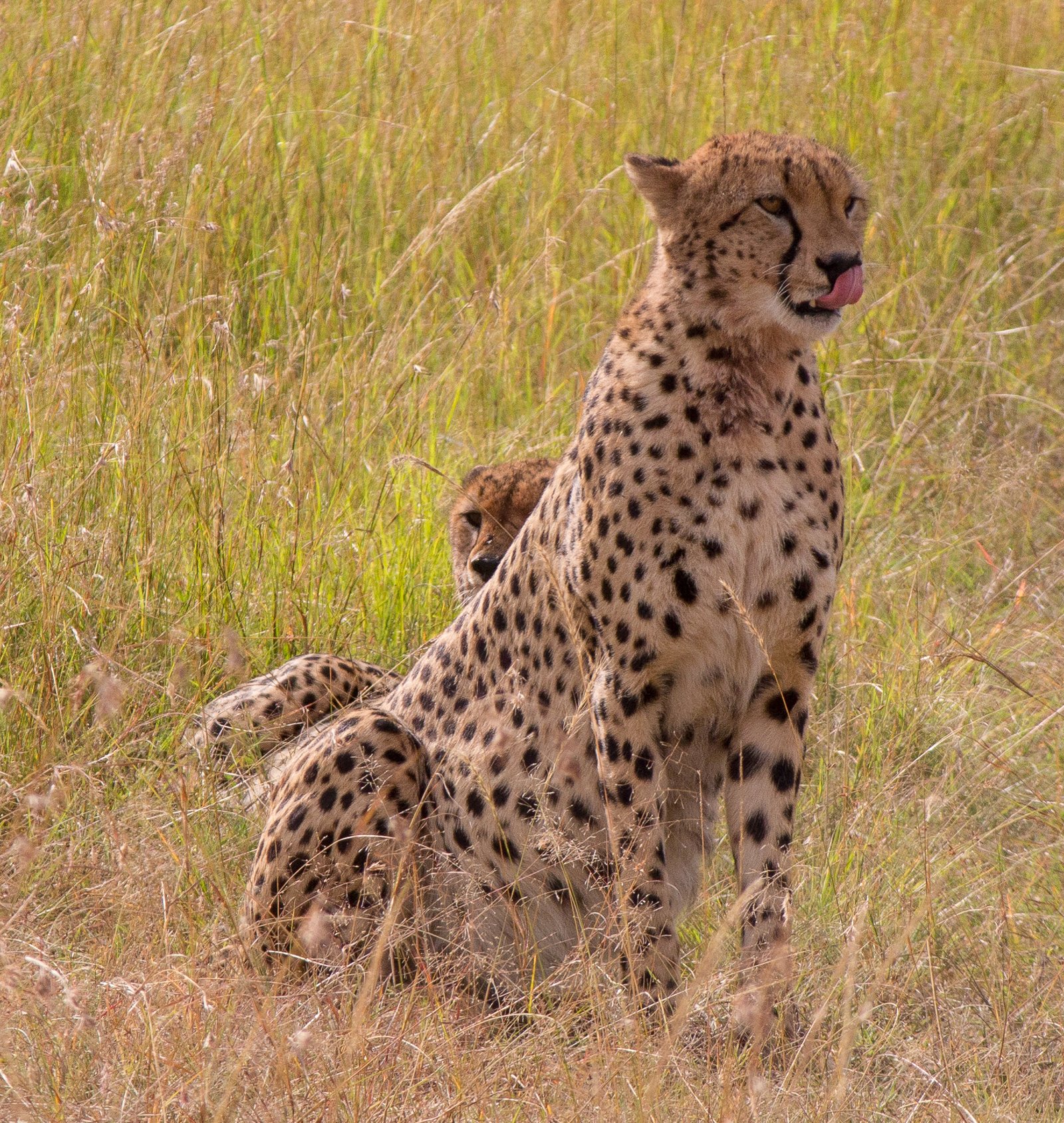
Male cheetahs that form coalitions gain a serious edge in the wild. By teaming up—often with brothers or lifelong companions—they can defend larger, more valuable territories and increase their chances of mating. In the fast-paced savannah, this rare example of feline brotherhood turns cooperation into survival and success.
Asiatic Lion Males: Bachelor Bonds

In India’s Gir Forest, male Asiatic lions often team up in bachelor groups, forming strong alliances that boost their chances of survival. These coalitions help them defend territory, challenge rivals, and eventually earn a place in a pride. In a harsh, competitive landscape, brotherhood becomes a powerful strategy.
Snow Leopard Families: Cozy Dens in the Clouds
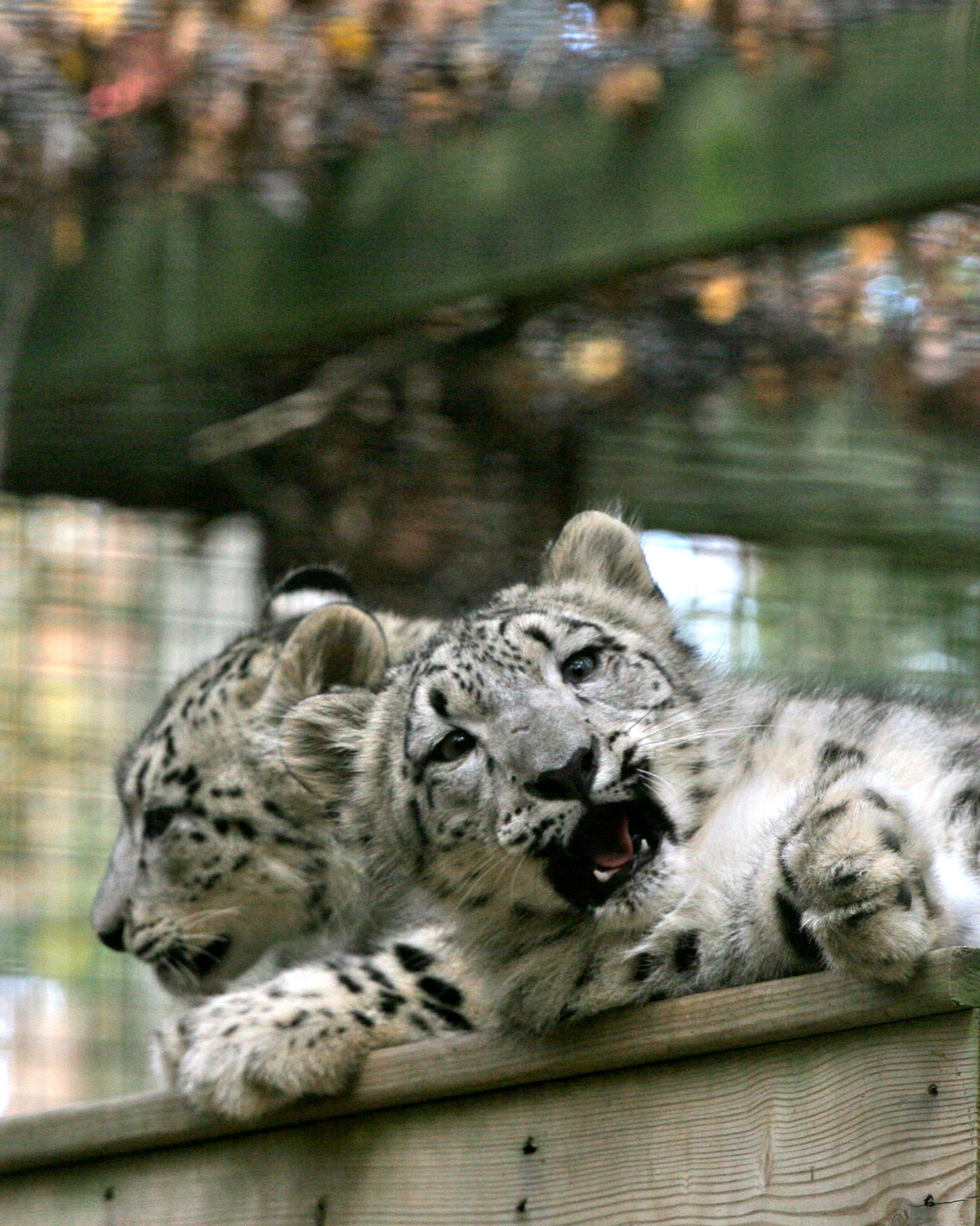
Snow leopard dens, tucked into remote mountain crags, offer a rare window into the intimate side of these elusive cats. Inside, soft chirps and playful tumbles between cubs fill the quiet shelter. These cozy moments of warmth and bonding reveal the tender heart of a predator often shrouded in mystery.
Mating Jaguars: The Power of Play

Jaguar courtship is a blend of strength and softness, with pairs engaging in playful wrestling, mutual grooming, and quiet companionship. These rare interactions peel back the fierce exterior to reveal a surprisingly tender, affectionate side. For a brief moment, even the jungle’s most powerful predator becomes a gentle partner.
Puma Socials: Sharing is Caring
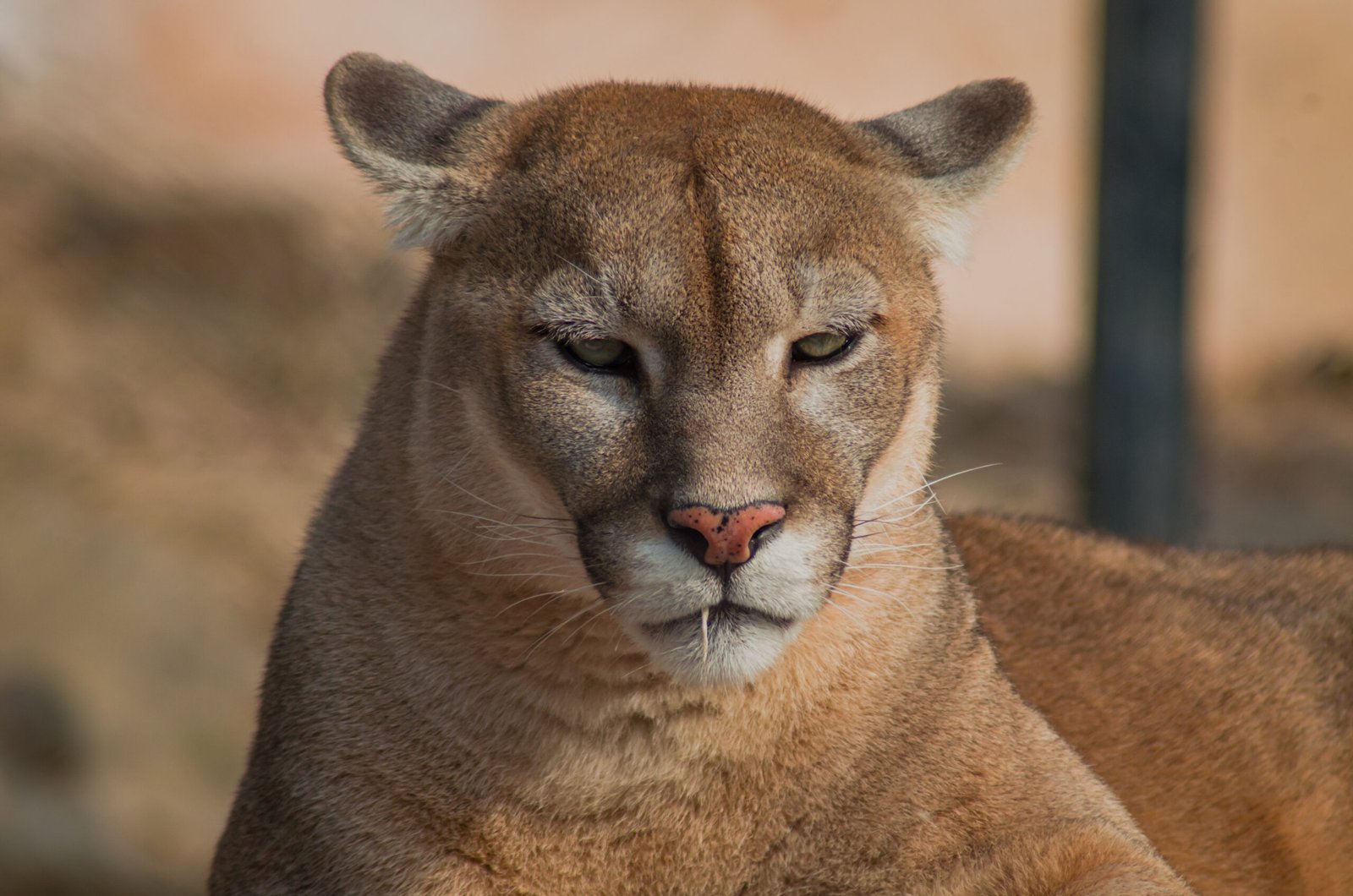
In prey-rich regions, pumas are beginning to rewrite their solitary reputation. Researchers have observed them sharing kills, tolerating close proximity, and even forming brief social bonds. These surprising behaviors suggest a hidden layer of social complexity—one that challenges what we thought we knew about these elusive big cats.
Lion Prides: Generations Under One Roof

Lion prides are built on deep family bonds, often spanning multiple generations of lionesses—grandmothers, mothers, daughters, and playful cubs. Together, they form a powerful, cooperative unit where hunting skills and maternal care are shared and taught. This rich tapestry of relationships makes the pride not just a survival strategy, but a legacy of strength and love.
Which of these social big cats surprised you the most? Can you imagine joining a pride or running with a cheetah coalition?

Suhail Ahmed is a passionate digital professional and nature enthusiast with over 8 years of experience in content strategy, SEO, web development, and digital operations. Alongside his freelance journey, Suhail actively contributes to nature and wildlife platforms like Feline Fam, where he channels his curiosity for the Feline into engaging, educational storytelling.
With a strong background in managing digital ecosystems — from ecommerce stores and WordPress websites to social media and automation — Suhail merges technical precision with creative insight. His content reflects a rare balance: SEO-friendly yet deeply human, data-informed yet emotionally resonant.
Driven by a love for discovery and storytelling, Suhail believes in using digital platforms to amplify causes that matter — especially those protecting Earth’s biodiversity and inspiring sustainable living. Whether he’s managing online projects or crafting wildlife content, his goal remains the same: to inform, inspire, and leave a positive digital footprint.






